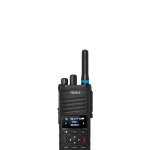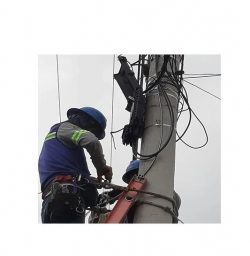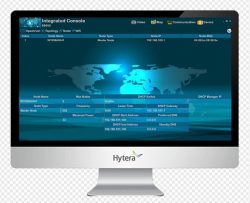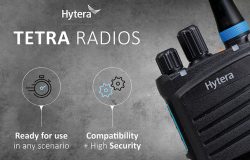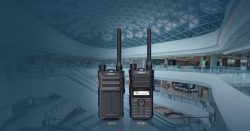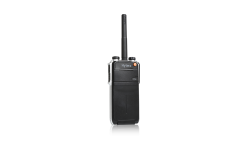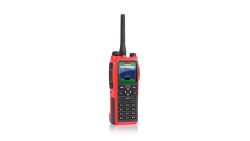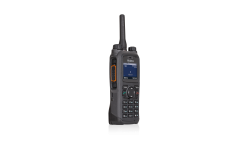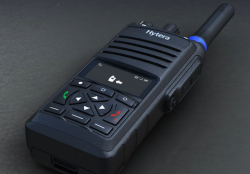Why LTE for The Public Safety?
Taking advantage of LTE, Public Safety LTE (PS-LTE) enables public safety officers to easily share emergency information in real-time with live video and high-quality images. This is something no other security network can do.
Most existing public safety networks are based on narrowband standards from the early 1990s. These standards provide very reliable narrowband voice communication services (individual calls, group calls) at the level of basic information services and limited data (kbit/s). The need for broadband public safety networks is related to the overall shift in society towards digitization with more and more frequent use of multimedia.
Almost all information currently used, created, and exchanged by public safety agencies is now in digital form and broadband network carries more multimedia services, supplementing fundamental narrowband voice communication.
The growing need for more intelligence and situational awareness in the public safety sector means that LTE and predictive policing will eventually go hand in hand. Public safety personnel can leverage mobile broadband during emergencies to create more efficient processes and use real-time mobile video, situational aware dispatching, and remote diagnostics.
Evolution of PS-LTE
Ideally, the PS-LTE network supports existing narrowband services alongside broadband services to save CAPEX and utilize the benefits of both to the optima. As part of the migration process, it is foreseeable that this hybrid situation will exist for a certain period of time.
Just like traditional narrowband technologies have done, for the LTE ecosystem to truly develop in the public safety arena, it needs to evolve around standardized, open technologies.
These technologies encourage interoperability and cross-industry collaboration to deliver the best technology for mission-critical usage in the public safety market. Standards such as LTE-based Broadband Trunking 3GPP (3rd Generation Partnership Project) are making progress in this process. Starting from release 13 in 2015 to release 15 in 2019, a number of specific requirements for public safety verticals are included, such as Mission-Critical Push-to-Talk (MCPTT), MCData, MCVideo, Group Communication System Enabler (GCSE), Proximity Services (ProSe) enhancement, Isolated E-UTRAN Operations (IOPS).
Developing the open standard for mission-critical LTE will further expand the PS-LTE ecosystem and provide LTE manufacturers with a solid, open platform. At the same time, it makes public safety users confidential to implement secure and reliable mission-critical communications that meet their mission-critical voice and broadband data needs.













